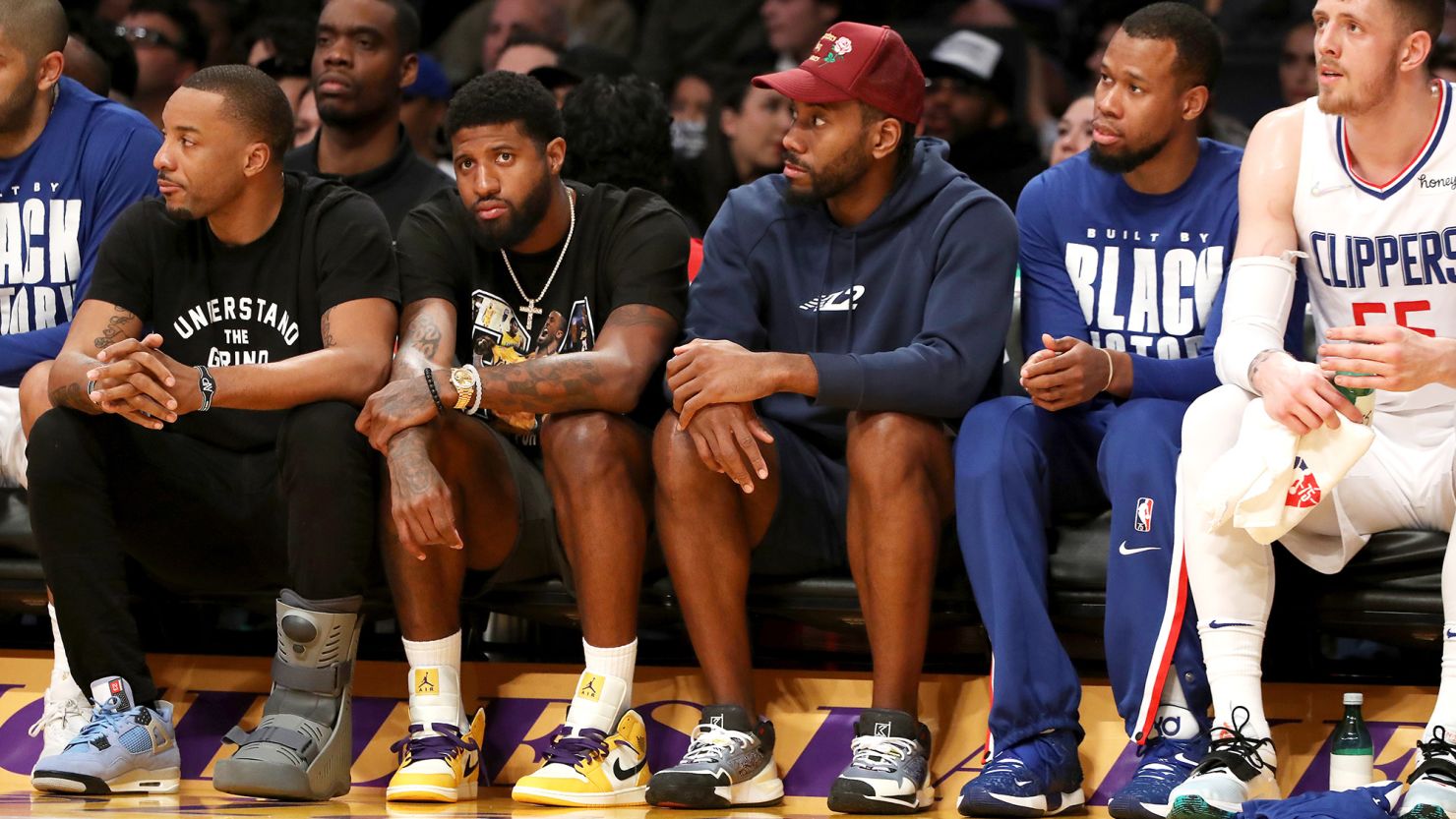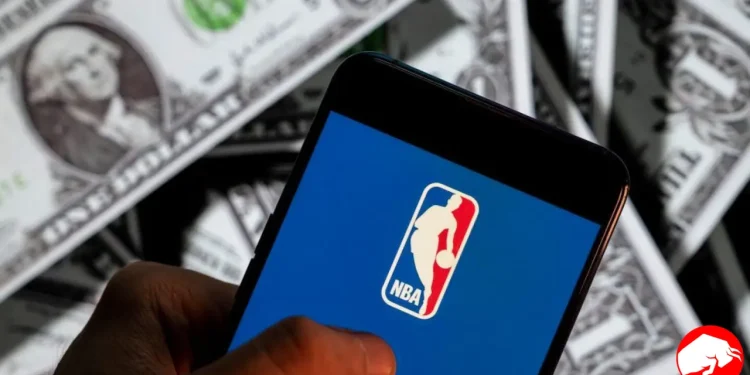The National Basketball Association (NBA) has always been a melting pot of strategic financial planning and athletic prowess, where the maneuvering of numbers off the court is as critical as scoring points on it. The latest announcement from the NBA office, revealing a significant salary cap increase to $141 million for the 2024-25 season, is set to add another layer of complexity and opportunity to the league’s financial playbook.

The New Financial Playfield of NBA
With a $5 million jump from the current cap, set at $136 million, the adjustment might appear modest at first glance. However, in the high-stakes world of NBA finance, such an increase is anything but trivial. Originally projected by insider Shams Charania to hit $142 million, the slight downward adjustment to $141 million still presents a considerable shift in team planning and contract negotiations.
The Ripple Effect on Team Strategies
This adjustment is poised to ripple through the league in several ways. On the one hand, it empowers teams with additional leverage and flexibility in signing new talent or retaining their stars with enriched contracts. For teams close to the previous cap, this increase offers a breath of financial air, potentially enabling the addition of strategic player pieces without breaching the cap.
The Golden State Warriors, Los Angeles Clippers, and Boston Celtics, with their hefty payrolls, are among those who might breathe easier or strategize more aggressively with this increased wiggle room. Conversely, for players like Damian Lillard and Kawhi Leonard, whose earnings are tied to the cap, this adjustment could translate into direct financial gains, highlighting the cap’s impact beyond mere team compositions.
Jalen Brunson's dream starting 5:
"Starting at center Shaq…
I'm gonna have Kobe at the 3,
MJ at the 2––or vice versa…
I'm gonna have Steph at the point
And put Bron at the 4…" pic.twitter.com/j89NAzI2wA
— New York Basketball (@NBA_NewYork) February 1, 2024
Supermax Contracts and Bird Rights: A Closer Look
The intricacies of supermax contracts and Bird Rights further color the narrative. Supermax contracts, designed to reward the league’s elite talent, will see their value buoyed by the cap’s rise. This means stars like Stephen Curry, Giannis Antetokounmpo, and Jayson Tatum could see their contract values inflate, aligning their compensation even closer with their on-court contributions.
Bird Rights, allowing teams to exceed the cap to re-sign their players, gain renewed importance in this context. They offer teams a critical tool in retaining talent and maintaining competitive rosters without facing cap-related penalties.
Financial Fair Play: The Tax Threshold
The salary cap isn’t the only figure getting an overhaul; the tax threshold and apron adjustments are also noteworthy. With the tax threshold set to rise to $172 million and aprons to $179 million and $190 million, respectively, teams are encouraged to spend judiciously. Exceeding these limits incurs significant tax penalties, a deterrent against unchecked spending, ensuring a level of financial fair play across the league.

Conclusion: A New Era of NBA Finance
The salary cap increase for the 2024-25 NBA season is more than a mere adjustment of numbers. It represents a strategic pivot point for teams, players, and the league as a whole. As teams navigate this new financial landscape, the decisions made in the wake of this announcement will likely shape the competitive balance of the league for years to come. For fans, players, and executives alike, the 2024-25 season is shaping up to be one of the most financially fascinating in recent memory.










